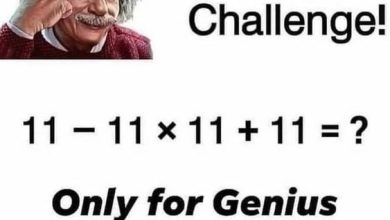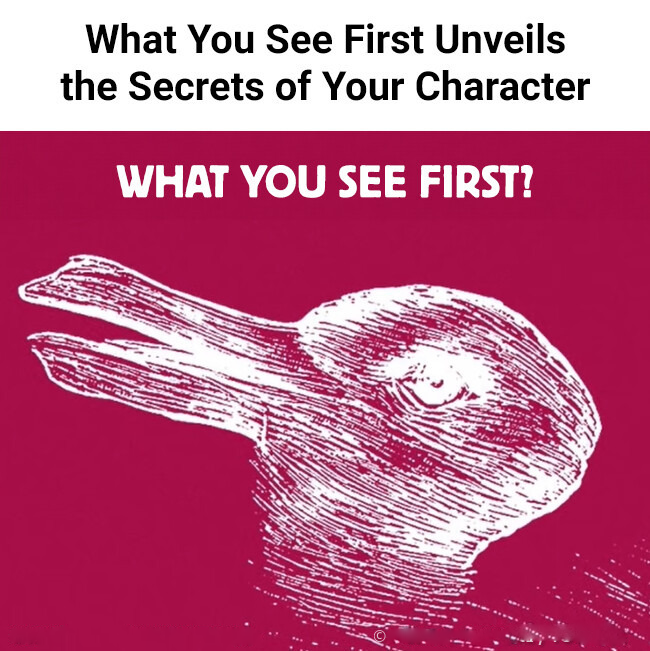
It seems natural to assume that we know ourselves best. However, life has a curious way of revealing hidden aspects of our character when we least expect it.
Every so often, we stumble upon traits we never realized we had, catching us completely off guard. Today, we have a fun visual test for you—who knows? You might just discover something new about yourself. Enjoy this journey of self-discovery!
What Did You See First?
1.
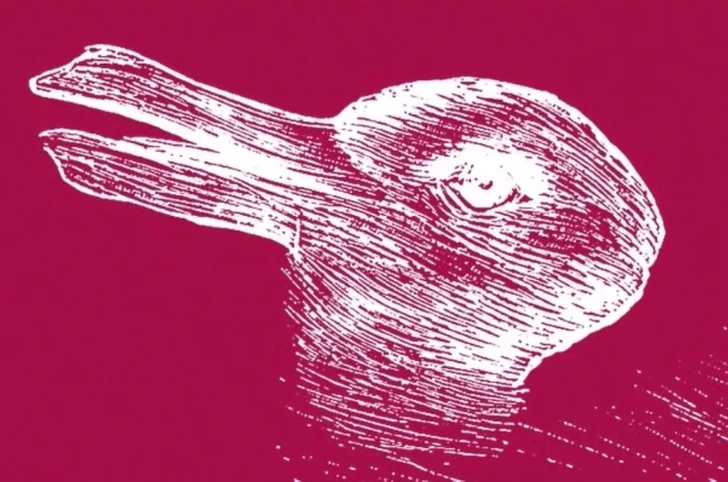
Rabbit: Your thinking is more technical than emotional, as your left brain hemisphere is dominant.
Duck: Your right hemisphere is dominant, making you highly empathetic and emotionally connected to those around you.
2.
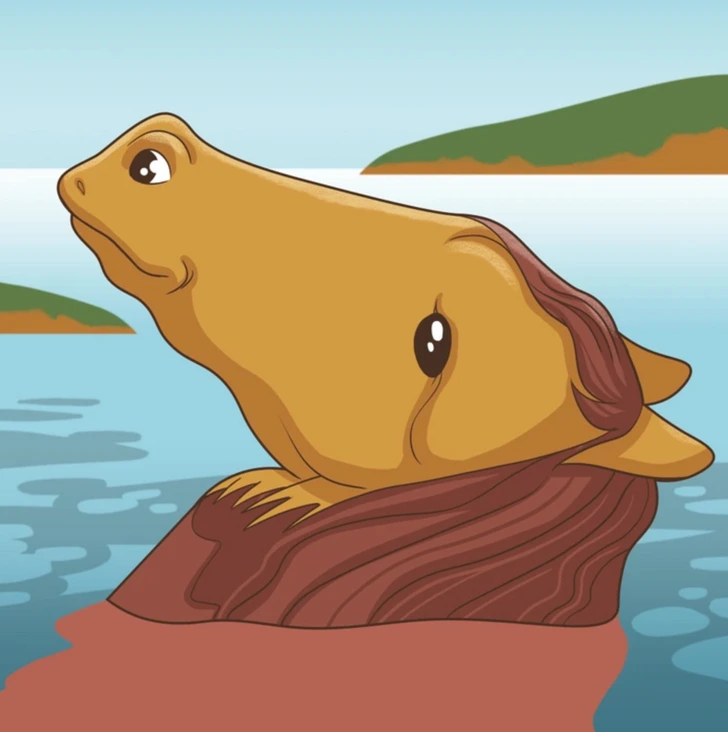
Frog: You communicate honestly and directly with others. Confidence defines you, and you expect the same level of sincerity from those around you.
Horse: You’re not someone who acts on impulse; instead, you analyze everything carefully. You prefer to rely on your own perception rather than allowing others to influence your views.
3.
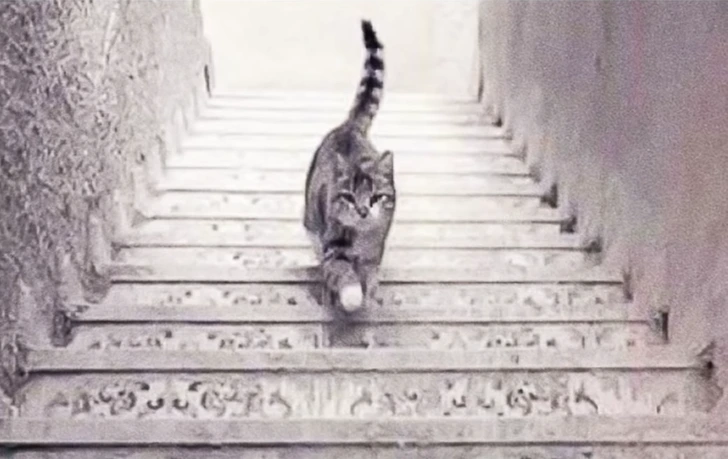
Cat heading upstairs: You don’t get caught up in details and may have a slightly messy or naive side. You trust easily and find joy in life’s simple pleasures.
Cat heading downstairs: You are highly observant and have strong intuition. Details matter to you, and you enjoy challenges that require careful thought.
4.
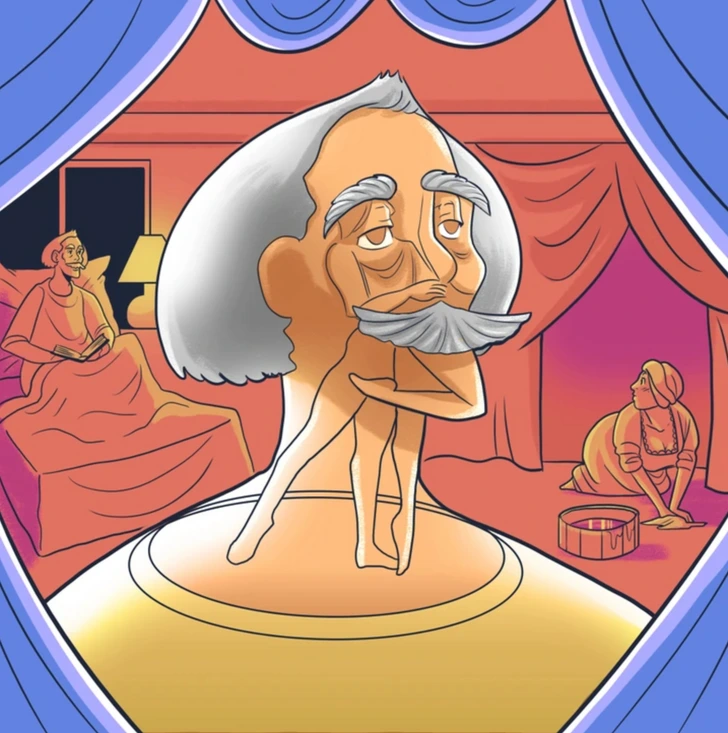
An old man in bed: You tend to worry excessively, often overthinking even minor details. This habit consumes a lot of your energy.
The maid: You excel at solving complex problems, which is why your friends turn to you for sound advice.
The dancing couple: You have a romantic soul. While you may not always express your feelings openly, finding deep emotional connections is very important to you.
An old man with a mustache: You naturally see the bigger picture, showcasing your creative thinking. However, don’t overlook the smaller details, as they can sometimes be just as crucial.
The Influence of Childhood
Our upbringing plays a significant role in shaping our character and behavior. Many parenting choices can have a lasting impact, sometimes in ways we don’t immediately recognize.



